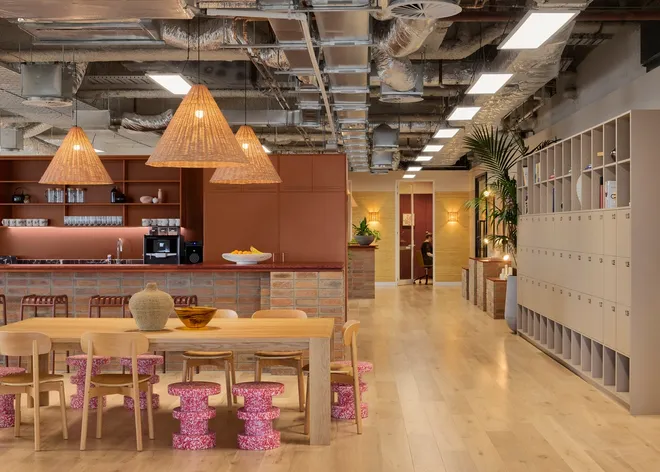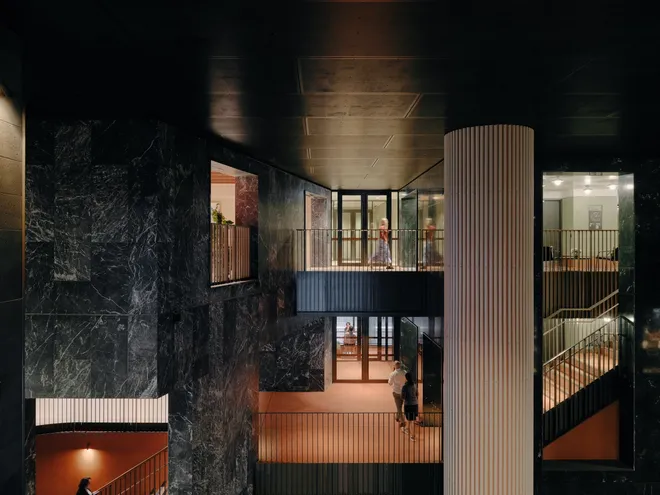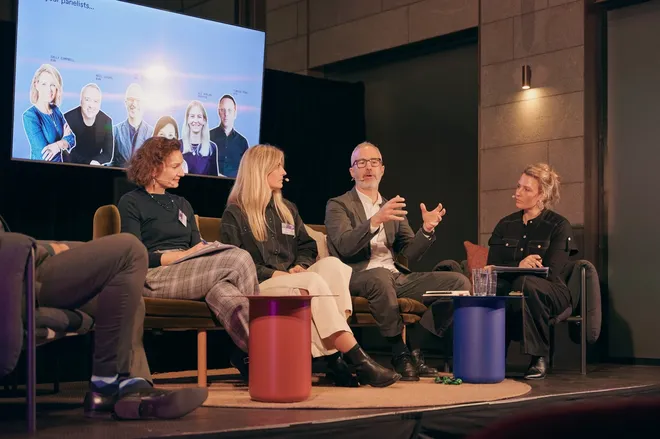News, Opinion — July 23, 2025
De-fit Guidelines for Commercial Fitouts
We’ve created a how-to guide for reducing waste, recovering value and engaging circular pathways in the design and construction of commercial fitouts.
De-fit, the process of removing a commercial fitout at the end of a lease, is one of the least visible and most wasteful phases in a building's life. The de-fit stage presents a significant opportunity to engage circular pathways, diverting materials and assets from landfill.
To assist building owners, tenants, architects, designers and contractors in reducing waste, recovering value, and designing for circular outcomes from the outset, we've created an open-source how-to guide, De-fit Guidelines for Commercial Fitouts. Co-authored by BVN and FTD Circular, the Guide provides material pathways, removal strategies and advice to support project team members in achieving a mutual goal of eliminating waste.
Pathways of De-fit
Every year, millions of tonnes of usable material are stripped out of buildings and sent to landfill, not because they've reached the end of their lives but because they weren't diverted to circular pathways. The De-fit Guide identifies possible pathways to ensure elements and materials can be retained, relocated, re-imagined or redirected.
Choosing the right path of de-fit depends on a range of factors. This flow chart identifies all possible pathways.
What else is in the Guide?
The De-fit Guidelines for Commercial Fitouts includes a De-fit Kit that supports the development, planning and execution of de-fit pathways. The Kit includes a De-fit Checklist and Cheat Sheets to use during early site investigations and sample Clauses for use in briefs, tender documents and specifications. A circular fit-out with purpose. Advancing material reuse through an adaptive reuse project. Recrafting new HQ from existing inventory. Closing the loop at scale.
The Guide also explores a range of project case studies including Relove 



One step closer to circularity
By designing out waste and reusing, repairing, refurbishing and recycling materials instead of disposing of them, we move closer towards circularity. Embracing circularity is essential for the fit-out industry to make tangible progress toward tackling the climate and biodiversity crisis.
To ensure industry alignment, we rely on the collective will and action of all stakeholders.
Join our mission to embrace circularity and download the guide below.








